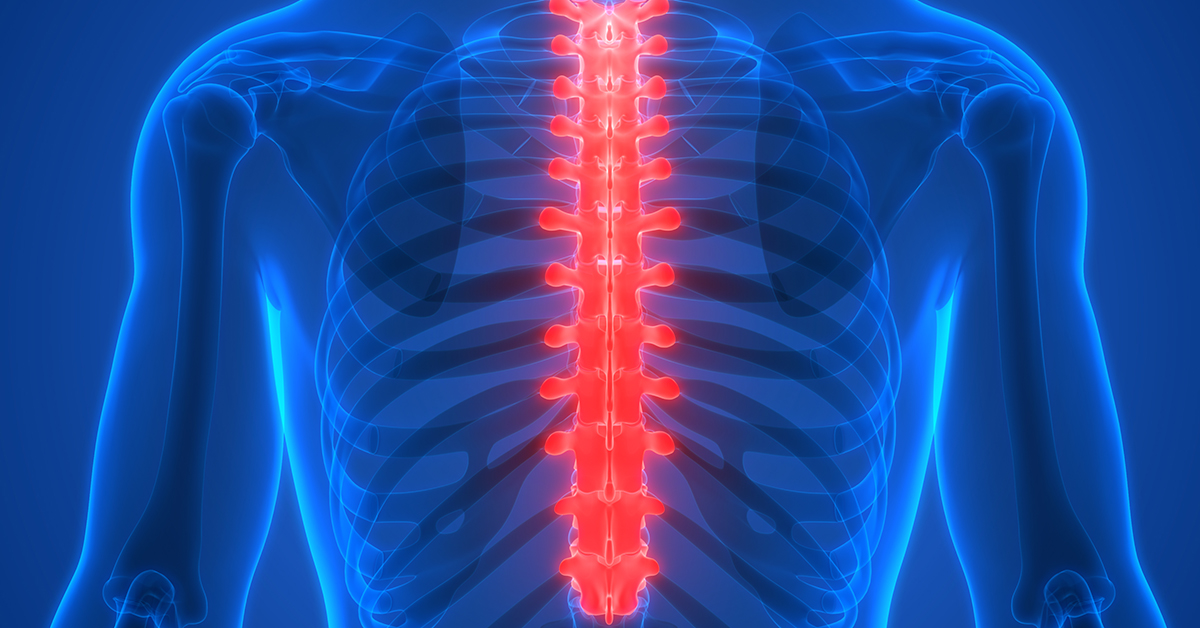
How Do You Know if Your Spine Is Infected?
Spinal infections, though rare, are serious conditions that require prompt medical attention. These infections can develop in different parts of the spine, including the vertebrae (osteomyelitis), intervertebral discs (discitis), or even the spinal canal itself (spinal epidural abscess). If left untreated, spinal infections can lead to severe complications, including permanent neurological damage. Knowing the signs and symptoms of a spinal infection can help you seek timely treatment. Here’s how you can tell if your spine might be infected.
Persistent and Severe Back Pain
One of the most common symptoms of a spinal infection is persistent back pain that doesn’t improve with rest or over-the-counter pain relievers. The pain may feel deep, aching, or even sharp, depending on the location of the infection. Unlike mechanical back pain, which typically improves with rest or changes in position, infection-related pain tends to be constant and may worsen over time.
Fever and Chills
Fever is a key indicator of an infection, including those that affect the spine. If you experience back pain accompanied by a fever, especially one that comes with chills, it may be a sign that your body is fighting off an infection. Not all spinal infections cause a fever, but it’s a red flag if it occurs alongside other symptoms like back pain.
Fatigue and Weakness
Feeling unusually tired or weak, even after resting, can be a sign that your body is dealing with an infection. Spinal infections can sap your energy, making you feel fatigued throughout the day. In more severe cases, the infection can spread and cause general malaise, leaving you feeling drained and unable to perform everyday tasks.
Warmth, Redness, or Swelling
If the spinal infection is localized near the surface of the skin, you may notice warmth, redness, or swelling in the affected area of your back. These symptoms are often associated with inflammation caused by the body’s response to the infection. Although less common in deep spinal infections, these visible signs are important indicators that should not be ignored.
Neurological Symptoms
As the infection progresses, it can put pressure on the spinal cord or surrounding nerves, leading to neurological symptoms. These may include:
- Numbness or tingling: You may feel numbness or tingling sensations in your arms or legs, depending on the location of the infection.
- Weakness: Muscle weakness in the arms, legs, or back can occur if the infection affects the nerves responsible for motor function.
- Difficulty walking: In severe cases, spinal infections can cause coordination problems, leading to difficulty walking or standing.
Neurological symptoms are a serious sign that the infection may be affecting the spinal cord or nerves, and immediate medical attention is required.
Weight Loss and Loss of Appetite
Unintentional weight loss and loss of appetite can be signs of a systemic infection, including spinal infections. When your body is fighting an infection, it uses more energy, which can result in weight loss even if you’re not trying to lose weight. If this occurs alongside persistent back pain, it could be an indication that your spine is infected.
History of Infection or Surgery
People who have recently had surgery on their spine, or those with a history of infections, are at a higher risk of developing a spinal infection. If you’ve recently undergone spinal surgery and are experiencing unusual symptoms like fever, pain, or neurological issues, it’s essential to contact your healthcare provider as soon as possible.
Diagnosis of Spinal Infection
If you suspect you have a spinal infection, it’s crucial to see a healthcare provider right away. The diagnosis typically begins with a thorough physical examination and a review of your medical history. Imaging tests, such as X-rays, MRIs, or CT scans, can help detect the presence of an infection. Blood tests may also be used to check for elevated white blood cell counts, which indicate an infection. In some cases, a biopsy of the affected area may be necessary to confirm the diagnosis.
Treatment for Spinal Infections
Spinal infections are treated with a combination of antibiotics to target the infection and medications to manage pain and inflammation. In severe cases, surgery may be necessary to drain abscesses, remove infected tissue, or stabilize the spine. The sooner a spinal infection is diagnosed and treated, the better the outcome, so it’s critical to seek medical attention as soon as symptoms appear.
Recognizing the signs of a spinal infection, such as persistent back pain, fever, neurological symptoms, and fatigue, is crucial for early diagnosis and treatment. If you suspect that your spine may be infected, don’t hesitate to consult a healthcare provider. Prompt treatment can prevent complications and help you recover more quickly from this serious condition.
